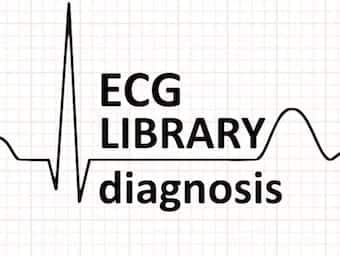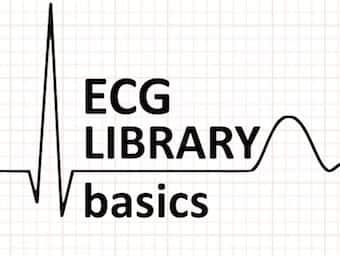
Osborn Wave (J Wave)
The Osborn wave (J wave) is a positive deflection at the J point (negative in aVR and V1). It is usually most prominent in the precordial leads and most commonly associated with hypothermia.

The Osborn wave (J wave) is a positive deflection at the J point (negative in aVR and V1). It is usually most prominent in the precordial leads and most commonly associated with hypothermia.

The characteristic ECG findings in the Wolff-Parkinson-White syndrome include a slurred upstroke to the QRS complex (the Delta wave)

The U wave is a small (0.5 mm) deflection immediately following the T wave, usually in the same direction as the T wave. Best seen leads V2 and V3.

On this page we will discuss and provide examples of R wave abnormalities such as Dominant R wave in V1, aVr and PRWP LITFL ECG Library

Q Wave morphology and interpretation. A Q wave is any negative deflection that precedes an R wave. LITFL ECG Library

Overview of normal P wave features, as well as characteristic abnormalities including atrial enlargement and ectopic atrial rhythms

A review of normal T wave morphology as well common abnormalities including peaked, hyperacute, inverted, biphasic, 'camel hump' and flattened T waves